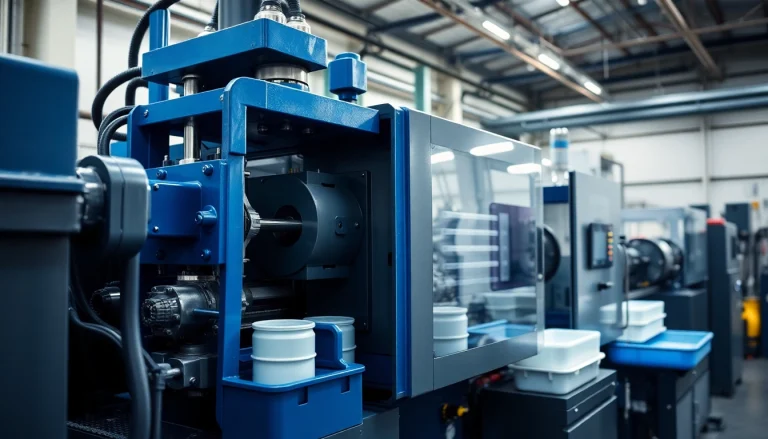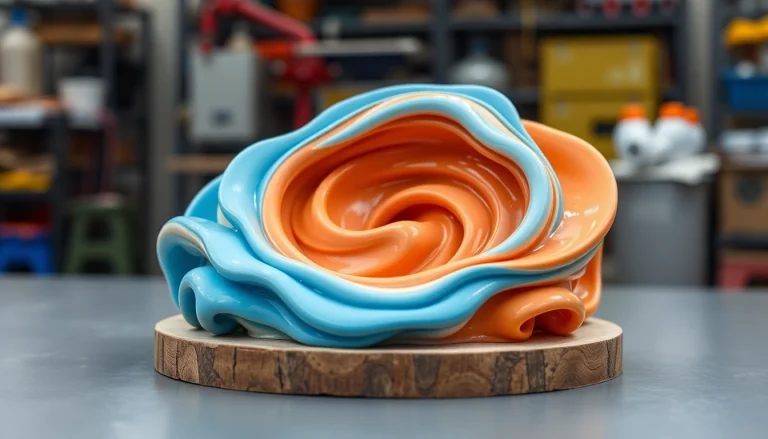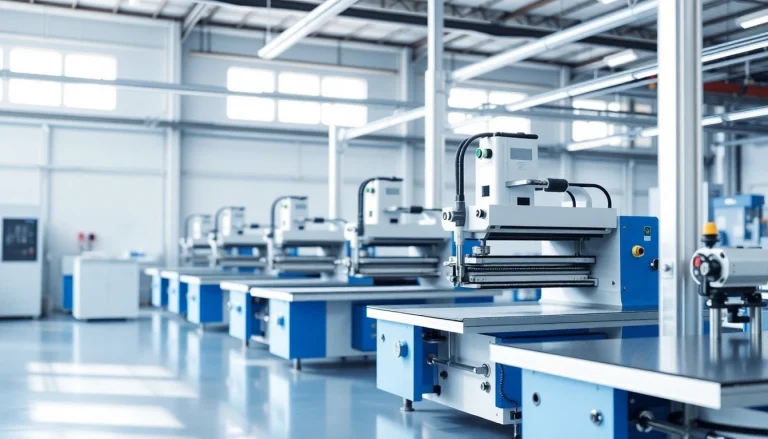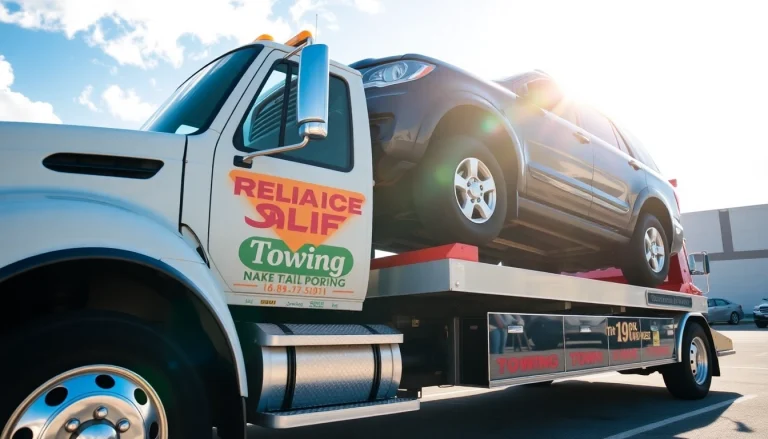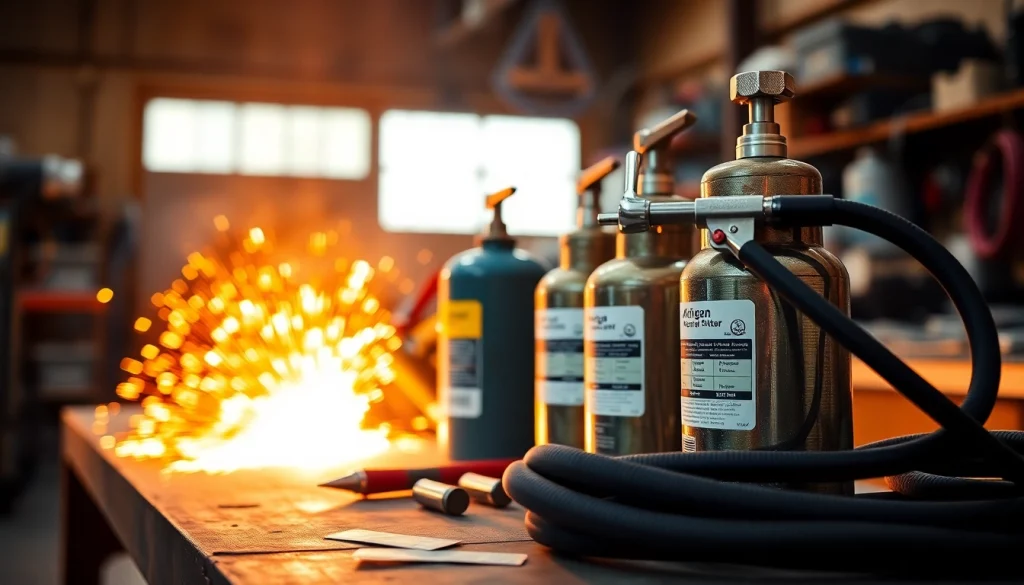
Understanding the Oxy Gas Welding Kit
What is an Oxy Gas Welding Kit?
An oxy gas welding kit is a versatile toolkit designed primarily for welding, cutting, brazing, and heating metal. It utilizes a combination of oxygen and acetylene gases to create a high-temperature flame that can melt metal, allowing for various metalworking tasks. This type of gas welding has been a staple in both professional and DIY environments due to its effectiveness and adaptability.
Oxy gas welding kits have also undergone significant evolution, integrating modern technology to improve safety, ease of use, and versatility. They are particularly useful in metal fabrication, automotive repair, and even artistic metalworking.
Components of an Oxy Gas Welding Kit
A standard oxy gas welding kit typically includes several essential components:
- Welding Torch: The torch serves as the primary tool to mix the oxygen and acetylene gases, producing the flame necessary for welding.
- Gas Cylinders: These pressurized tanks store oxygen and acetylene separately. They are crucial for providing the gases needed to create the flame.
- Regulators: Regulators control the pressure of the gases released from the cylinders, ensuring the right amount for a safe and effective flame.
- Hoses: Specially designed hoses transport the gases from the cylinders to the torch. They are typically color-coded: red for acetylene and green for oxygen.
- Fittings and Connectors: These materials help secure the hoses to the torch and regulators, ensuring a leak-free setup.
- Welding Goggles: Protective eyewear designed to shield the eyes from bright flames and harmful UV rays produced during welding.
- Flint Sparker: A tool that ignites the gas coming from the torch to start the welding process.
These components collaborate to facilitate effective and safe oxy gas welding, making it crucial to choose a kit that offers high-quality parts for reliability and performance.
Versatility of Oxy Gas Welding Kits in Different Applications
Oxy gas welding kits have a broad range of applications across various industries:
- Metal Fabrication: Ideal for constructing items from scratch, such as frames, machinery parts, and tools.
- Automotive Repair: Widely used for welding and cutting metal car parts. The high-temperature flame can easily penetrate thick steel.
- Artistic Metalworking: Artists and craftsmen use these kits to create sculptures, gates, and other decorative elements due to the precision control of the flame.
- Maintenance and Repair: Essential for mending broken metal structures or machinery components.
- Piping and Plumbing: Oxy-fuel welding is often utilized in pipe joining and repair tasks in various settings.
The wide-ranging compatibility of oxy gas welding kits with various tasks makes them an indispensable tool for many trades and artistic endeavors.
Choosing the Right Oxy Gas Welding Kit
Key Features to Look for in a Welding Kit
When selecting an oxy gas welding kit, consider the following features:
- Size and Portability: Depending on your workspace and project requirements, you might prefer a compact and portable kit or a robust, stationary setup.
- Regulator Quality: Look for high-quality regulators that provide precise pressure control and can handle the required flow rates for your specific applications.
- Safety Features: Kits equipped with safety valves, built-in flashback arrestors, and pressure relief valves offer added protection during use.
- Durability: Opt for kits made from high-quality materials that can withstand regular use and harsh environments.
- Gas Purity: Higher purity gases enhance flame quality and efficiency, crucial for professional applications.
These features can significantly impact the performance, safety, and longevity of your oxy gas welding kit.
Comparing Brand Options for Quality and Performance
With several brands available in the market, it’s essential to compare options based on reputation, customer reviews, and reliability. Leading brands, like Harris, Victor, and Lincoln Electric, are often known for their quality and range of accessories that enhance the functionality of their kits. Consider looking for:
- Warranty: Brands that offer extensive warranties typically demonstrate confidence in their products’ quality.
- Customer Support: Assess the level of customer support offered, as well as availability of replacement parts and accessories.
- Community Feedback: Online reviews and forums can provide insight into user experiences and satisfaction with specific brands.
Budget Considerations: Cost vs. Value
While budget is undeniably a crucial factor, it’s vital to balance it against value. Cheaper kits may save you money upfront but could lead to higher long-term costs due to frequent replacements or repairs. Consider the following:
- Assessing Long-term Needs: Understand your current and future welding needs to invest in a kit that will serve you well over time.
- Cost of Replacement Parts: Kits with readily available parts may save you money in repairs compared to those that require specialized components.
- Your Experience Level: If you are new to welding, it might be prudent to invest in a beginner-friendly kit, even if that means spending a bit more upfront.
Setting Up Your Oxy Gas Welding Kit
Essential Safety Gear for Oxy Gas Welding
Safety is paramount when working with oxy gas welding kits. Before you start any welding tasks, ensure you have the following safety gear:
- Welding Goggles: Protect your eyes from bright lights and harmful UV rays.
- Gloves: Heat-resistant gloves can shield your hands from sparks and intense heat.
- Protective Clothing: Wear flame-resistant coveralls or jackets to protect your body from heat and sparks.
- Respirator: In environments where fumes are generated, a respirator can protect your lungs from harmful exposure.
- Face Shield: Provides additional protection alongside goggles when performing more intricate welding tasks.
Step-by-Step Guide to Setting Up
Setting up your oxy gas welding kit may seem daunting initially, but following these steps can simplify the process:
- Select a Suitable Workspace: Ensure the workspace is well-ventilated, free from flammable materials, and has a sturdy surface for your work.
- Securely Position the Gas Cylinders: Position the oxygen and acetylene cylinders vertically and secure them with brackets to prevent tipping.
- Attach the Regulators: Connect the appropriate regulator to each cylinder, ensuring they fit tightly to avoid leaks.
- Connect the Hoses: Attach hoses to the regulators. Ensure the red hose connects to the acetylene regulator and the green hose connects to the oxygen regulator.
- Connect the Torch: Attach the other ends of the hoses to the welding torch, tightening them securely.
- Check for Leaks: Use a soap solution to check for gas leaks by applying it to the connections and watching for bubbles.
- Prepare for Ignition: Use the flint sparker to ignite the torch, adjusting the gas knobs gradually until you achieve a stable flame.
Troubleshooting Common Setup Issues
If you encounter issues during setup, consider these troubleshooting tips:
- Weak Flame: Check the gas pressure on the regulators. Adjust them until you achieve a consistent flame.
- Unstable Flame: Ensure the hoses are securely attached to both the torch and regulators. Loose connections can lead to unstable flame conditions.
- Gas Leaks: If you suspect a leak, turn off the gas and retighten all connections. If leakage persists, seek professional assistance.
- Difficulty Igniting: Ensure that the gas knobs are open and use fresh flint for more effective ignition.
Techniques for Effective Oxy Gas Welding
Basic Welding Techniques for Beginners
For novice welders, mastering some fundamental techniques can set the stage for more advanced skills:
- Welding Position: Maintain a comfortable position to have optimal control over the torch.
- Correct Flame Adjustment: Achieve a neutral flame by adjusting the acetylene and oxygen valves, characterized by a defined inner cone.
- Moving the Torch: Practice moving the torch steadily along the weld seam, keeping the flame at a consistent distance from the workpiece.
- Controlling Heat Input: Monitor the travel speed and adjust the gas flow to avoid overheating or warping the metal.
Advanced Techniques for Professional Results
Once familiar with the basics, advancing to complex techniques can improve your welding results significantly:
- Welding Weave Patterns: For thicker materials, use weaving motions to distribute heat evenly across the joint.
- Multi-Pass Welding: When working with thicker materials, consider multiple passes to build up a strong weld bead.
- Puddle Control: Maintaining control over the molten puddle is essential for avoiding defects and achieving strong welds. Practice watching the puddle while controlling the torch and filler rod movements.
Maintaining Control During Welding
Effective control during welding is vital for achieving quality results:
- Consistent Speed: Keep a steady pace while moving the torch to produce even welds.
- Proper Alignment: Align the torch correctly with the weld seam to avoid undercuts or excess filler material on the joint.
- Flame Management: Regularly check flame characteristics throughout the welding process to ensure you maintain a proper heat environment.
Maintaining Your Oxy Gas Welding Kit
Regular Maintenance Practices
To ensure the longevity and performance of your oxy gas welding kit, incorporate regular maintenance:
- Inspect Hoses and Connections: Frequently check for cracks or wear, replacing any damaged components immediately.
- Clean the Torch: Regular cleaning of the torch and fittings will prevent blockages and ensure optimal gas flow.
- Check Gas Levels: Keep track of the gas levels in your cylinders to avoid running out during critical tasks.
- Store Properly: Store your kit in a dry, secure area away from direct sunlight and extreme temperatures to prevent damage.
Storage Tips for Longevity
The way you store your oxy gas welding kit can significantly impact its durability:
- Cylinder Storage: Store gas cylinders in an upright position, secured to prevent falling. Keep them in a well-ventilated area away from flammable materials.
- Toolboxes and Bags: Use dedicated storage containers to prevent mixing tools and keep them organized and easily accessible.
- Cleaning Equipment: Keep cleaning supplies for the torch and hoses nearby to facilitate cleaning after each use.
When to Replace Parts in Your Welding Kit
Knowing when to replace parts in your oxy gas welding kit is crucial for maintaining performance:
- Hoses: Replace hoses that show signs of wear, cracking, or damage.
- O-Rings and Seals: Regularly inspect and replace any O-rings or seals that may become brittle or lose their integrity over time.
- Regulators: If the regulator is not maintaining consistent pressure or shows signs of malfunction, consider replacing it.
- Welding Tips: Replace tips that have become worn or clogged to ensure effective gas flow and welding quality.
